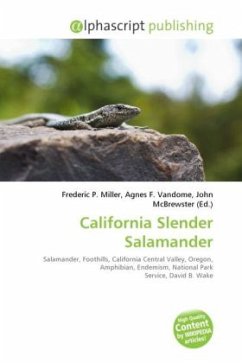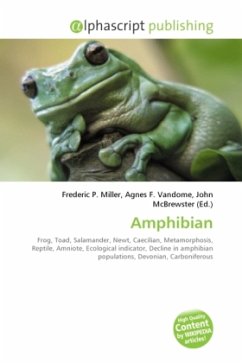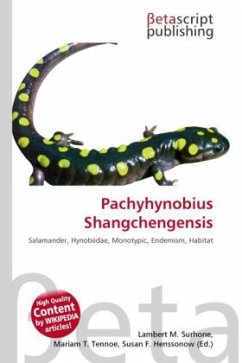The long-toed salamander (Ambystoma macrodactylum, Baird 1849) is a mole salamander in the family Ambystomatidae. This species, typically 4.1-8.9 cm (1 3/5-3 1/2 in) long when mature, is characterized by its mottled black, brown and yellow pigmentation, and its long appendages. Analysis of fossil records, genetics, and biogeography suggest that the species originated about 81 million years ago in eastern North America. The distribution of the long-toed salamander is primarily in the Pacific Northwest, with an altitudinal range of up to 2,800 metres (9,200 ft). It lives in a variety of habitats including temperate rainforests, coniferous forests, montane riparian zones, sagebrush plains, red fir forests, semi-arid sagebrush, cheatgrass plains, and alpine meadows along the rocky shores of mountain lakes. It lives in slow-moving streams, ponds and lakes during its aquatic breeding phase. The long-toed salamander hibernates during the cold winter months, surviving off protein energy reserves stored in the skin and tail. There are five subspecies having different genetic and ecological histories that are phenotypically expressed in a range of color and skin patterns.
Bitte wählen Sie Ihr Anliegen aus.
Rechnungen
Retourenschein anfordern
Bestellstatus
Storno








